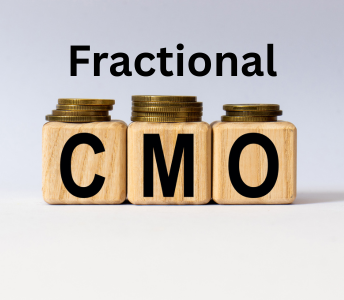
Startups often struggle with misalignment between marketing and sales. One creates demand, the other closes deals—but without coordination, both sides feel the pain. A fractional CMO helps fix this fast by building the bridge between both teams, without the overhead of a full-time executive. Visit rajeev ratra
Here’s how that alignment starts to take shape.
1. Shared Goals, Not Separate Metrics
The first step is to agree on what success looks like. Marketing might focus on leads, while sales chases revenue. That mismatch causes friction. A fractional CMO sets one shared target—such as qualified pipeline or closed deals.
When both teams aim for the same result, collaboration becomes natural.
2. Define a Clear Lead Process
Who counts as a “good lead”? What happens once a lead is captured?
Without clear answers, marketing blames sales for not following up, and sales says the leads are bad. A fractional CMO creates a simple system to define:
-
What qualifies as a lead
-
How fast it should be contacted
-
What details sales needs to work the lead
This brings structure without adding red tape.
3. Build a Feedback Loop
Sales talks to real buyers every day. That insight is gold. A good fractional CMO pulls that info into marketing: what questions people ask, what objections slow things down, what messaging resonates.
Then, they feed that back into campaigns, landing pages, and email flows—making both teams stronger.
4. Align Messaging and Positioning
If marketing says one thing and sales says another, trust is lost. A fractional CMO works with both sides to tighten up the message. That might mean rewriting the website, updating pitch decks, or changing ad copy to match real conversations.
The goal is consistency—so no matter where someone enters the funnel, the story stays the same.
5. Regular Touchpoints
It doesn’t have to be formal. A quick weekly sync between marketing and sales—led by the fractional CMO—keeps everyone updated. What’s working? What’s slowing things down? What needs fixing?
Even a 15-minute check-in can solve problems that would otherwise drag on for weeks.
6. Bridge Tech and Reporting
Sales lives in the CRM. Marketing uses tracking tools, ad dashboards, and email software. A fractional CMO helps connect the dots—so both teams can see what’s working and where the gaps are.
They might not build the system from scratch, but they know how to get it set up and working fast.
Final Words
When sales and marketing work together, results come faster. A fractional CMO brings outside perspective and leadership without long-term cost. They align teams, clean up the process, and focus everyone on the same outcome: real growth.
It’s not about more meetings or bigger reports—it’s about working smarter, together.